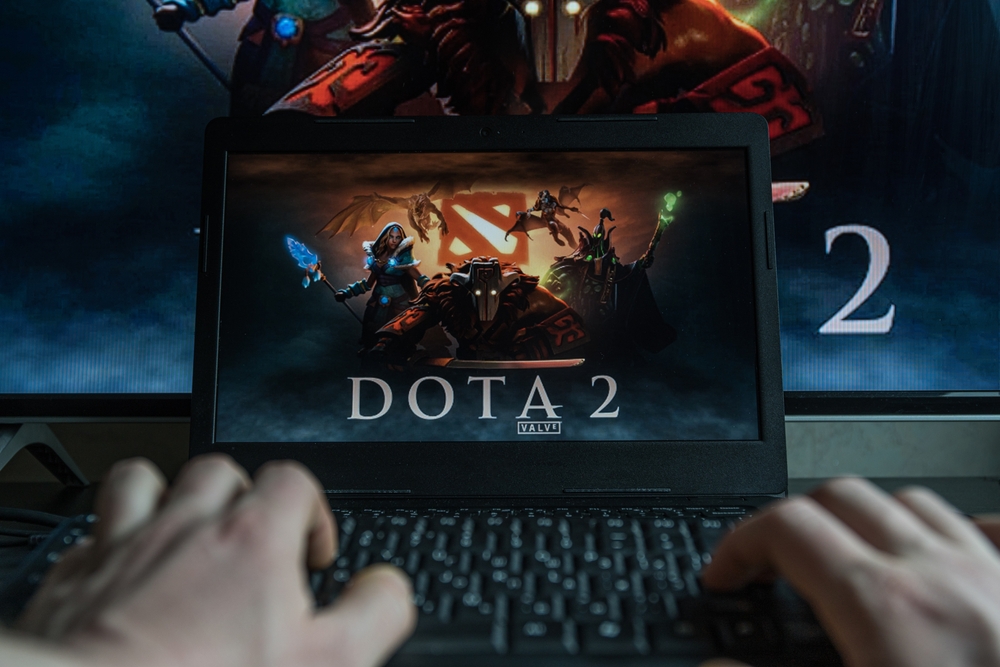Malicious Game Mods Target Dota 2 Game Users

A threat actor recently uploaded four “mods” containing malicious code into the catalog in the official Steam store that players of the popular Dota 2 online game use for downloading community-developed game additions and other custom items.
Mods, short for “modifications,” offer in-game content that players create rather than the developers.
Users who installed the mods ended up with a backdoor on their systems that the threat actor used to download an exploit for a vulnerability (CVE-2021-38003) in the V8 open source JavaScript engine version present in a framework called Panorama that players use to develop custom items in Dota 2.
Researchers from Avast discovered the issue and reported it to Valve, the developer of the game. Valve immediately updated the game’s code to a new (patched) version of V8, and took down the rogue game mods from its Steam online store. The gaming company — whose portfolio includes Counter-Strike, Left 4 Dead, and Day of Defeat — also notified the small handful of users who downloaded the backdoor about the issue and implemented unspecified “other measures” to reduce Dota 2’s attack surface, Avast said.
Valve did not immediately respond to a Dark Reading request for comment.
Taking Advantage of Dota 2’s Customization Features
The attack that Avast discovered is somewhat similar in approach to the numerous incidents where a threat actor has uploaded malicious applications to Google Play and Apple’s App Store, or malicious code blocks to repositories like npm or PyPI.
In this case, the individual who uploaded the code to Valve’s Steam store took advantage of the fact that Dota 2 allows players to customize the game in many ways. Dota’s game engine gives anyone with even basic programming skills the ability to develop custom items such as wearables, loading screens, chat emojis, and even entire custom game modes — or new games, Avast said. They can then upload those custom items to the Steam store, which vets the offerings for unsuitable content, and then publishes them for other players to download and use.
However, because the Steam vetting process is more focused on moderation than security, bad actors can sneak malicious code into the store without too much trouble, the researchers warned. “We believe the verification process exists mostly for moderation reasons to prevent inappropriate content from getting published,” according to Avast’s blog post. “There are many ways to hide a backdoor within a game mode, and it would be very time-consuming to attempt to detect them all during verification.”
Boris Larin, lead security researcher at Kaspersky’s global research and analysis team, says that while game companies are not directly responsible for malicious code embedded into third-party modifications, incidents like these still harm the company’s reputation. This is especially true when modifications are distributed through special repositories owned by the game developer that may contain vulnerabilities.
“In this particular case, the timely updating of third-party components would have helped to protect the players,” Larin says. “JavaScript engines and built-in Web browsers also require special attention as they often contain vulnerabilities that can be exploited for remote code execution.”
Gaming Industry Continues to Be a Massive Target
The incident at Valve is the latest in a string of attacks that have targeted online gaming companies and players in recent years — and especially since the COVID-19 outbreak, when social distance mandates drove a surge in online gaming. In early January, attackers broke into Riot Games’ systems and stole source code for the company’s League of Legends and Teamfight Tactics games. The attackers demanded $10 million from Riot Games in return for not publicly leaking the source code. In another incident, an attacker breached systems at Rockstar Games last year and downloaded early footage of the next version of the company’s popular Grand Theft Auto game.
A report that Akamai released last year showed a 167% increase in Web application attacks on player accounts and gaming companies last year. A plurality of these Web application attacks — 38% — involved local file inclusion attacks; 34% were SQL injection attacks, and 24% involved cross-site scripting. Akamai’s survey also showed that the gaming industry accounted for some 37% of all distributed denial-of-service (DDoS) attacks, which was double that of the second-most-targeted sector.
Akamai, like others previously, attributed the major attacker interest in gaming to the highly lucrative nature of the industry as a whole, and to the billions of dollars that users spend via in-game microtransactions while playing games. In 2022, PwC pegged gaming industry revenues at $235.7 billion for the year. The consulting firm estimated that industry revenues will grow at some 8.4% through 2026 at least.
The attacks have put growing pressure on gaming companies to ramp up their security processes. Industry experts have previously noted how gaming companies that experience major security incidents face the risk of losing player trust and player engagement on their platforms.
“Gaming companies should regularly update and scan their systems and employ a comprehensive defensive concept that equips, informs, and guides their team in their fight against the most sophisticated and targeted cyberattacks,” Larin says.
“All repositories, whether an app store, an open source package repository, or even game modification repositories, should be automatically checked for malicious content,” he says. This should include static checks for obfuscated or dangerous functionality and scanning with an antivirus engine SDK, he notes.
Larin adds: “Open source code repository poisoning has become more widespread in recent years and its early detection can prevent larger incidents.”
Read More HERE
